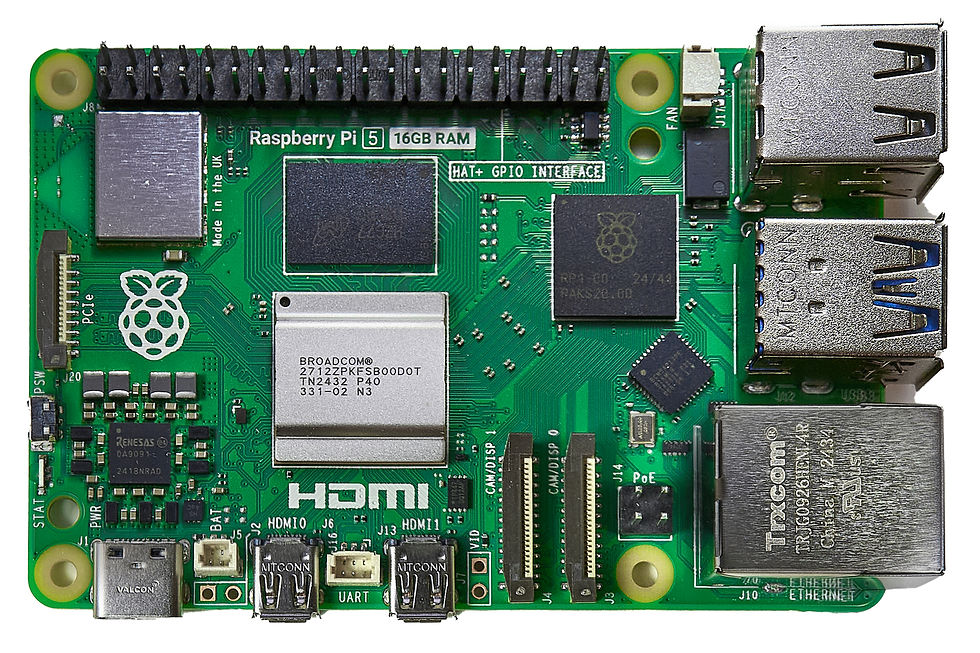Internet 101: What Is Bandwidth, Latency, and Why It Matters for Streaming & Gaming
- ashton4757
- Jul 17
- 3 min read

When you're cozy on the couch ready to stream your favorite show or gearing up to dominate your friends online, there's nothing more frustrating than buffering videos or laggy gameplay. The culprits? Bandwidth and latency—the often misunderstood duo that can make or break your internet experience.
But don't worry! Today, we’re breaking down exactly what these terms mean, why they matter, and how they impact your streaming and gaming sessions.
Bandwidth: Your Digital Superhighway
What it is: Think of bandwidth like the width of a highway—it determines how much data can flow per second. Measured in megabits per second (Mbps), it's the capacity of your connection.
Why it matters for streaming: Want crisp HD or 4K? Netflix recommends at least 5–25 Mbps per stream. Lower bandwidth = blurry, buffering videos.
Impact at home: With multiple people streaming or working from home, higher bandwidth keeps everyone online simultaneously without slowing down your day. Arizona Network offers plans like 200 Mbps up to 500 Mbps to support big households.
Latency: How Fast Data Travels
What it is: Latency is the delay before data starts moving—how long a packet travels from your device to its destination and back. It’s measured in milliseconds (ms).
Why it matters for gaming & calls: High latency = lag. In online games, delays over ~100 ms can ruin your aim or timing; anything under ~30–50 ms feels snappy.
Why it matters for streaming: Higher latency can cause video buffering, even if you have enough bandwidth, because your device must wait for data before playback continues.
Bandwidth vs Latency: The Water Hose Analogy
Imagine this: bandwidth = how wide the hose is (how much water it can carry). Latency = how long it takes water to travel from tap to lawn.
A wide, short hose delivers a lot quickly—great bandwidth and low latency.
A narrow hose or one so long you notice the delay? You’ll wilt your lawn or lag in-game.
What This Means in the Real World
Activity | Needs High Bandwidth? | Needs Low Latency? |
Netflix / YouTube | 5‑25 Mbps | Under 100 ms |
Online gaming | Just 3–25 Mbps | Under 50 ms |
Video calls / Zoom | ~1‑4 Mbps | Under 50 ms |
Streaming 4K? You need both: ~25 Mbps and latency preferably <100 ms.
Gaming? More isn’t always better: a 25 Mbps connection with <30 ms latency is better than a 500 Mbps one with 150 ms latency.
Tips to Boost Your Experience
Use a wired Ethernet connection—it usually lowers latency compared to Wi‑Fi.
Upgrade your router—enterprise-grade like MikroTik (used by Arizona Network) helps reduce delay and packet loss.
Close bandwidth hogs—downloads, cloud backups, other streams can spike traffic and increase latency.
Choose the right plan—Arizona Network's 200 Mbps Standard Plan is ideal for families; switch to 500 Mbps Ultra if you're gaming or uploading big files.
Why Arizona Network Cares
At Arizona Network, there's no contract, no surprise prices—just high-speed wireless backed by enterprise-class routers (MikroTik) and a mesh network that improves performance as more homes connect. That means you get real-world bandwidth and low latency, backed by a team that cares.
In Summary
Bandwidth = how much data you can send and receive each second:
Essential for clear, high-quality streams and multiple users.
Latency = how quickly data travels back and forth:
Critical for fast, glitch-free gaming and responsive online calls.
Both work together. That’s why Arizona Network builds networks that deliver on both speed and responsiveness—helping you stream, game, work, and connect without compromise.
By breaking down bandwidth and latency clearly—and showing their real-life impact—this post aligns with Arizona Network’s mission to empower communities with fast, honest, and reliable internet.




Comments